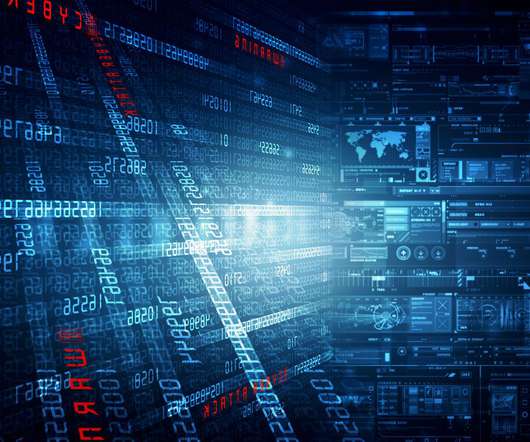2024 State of Cybersecurity: Reports of More Threats & Prioritization Issues
eSecurity Planet
MAY 2, 2024
The vendor reports show that most attackers want credentials, most malware development is in credential-stealing software, and the market for stolen credentials is booming: Cisco: Found 54% of organizations experienced a cybersecurity incident; and of those incidents, 54% involved phishing and 37% involved credentials stuffing.












Let's personalize your content